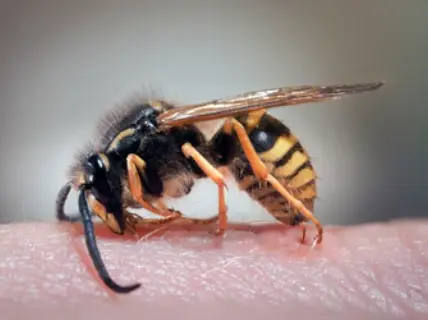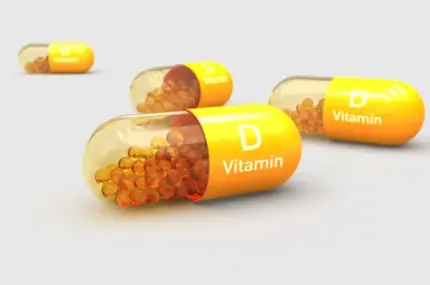 Welcome
Welcome
“May all be happy, may all be healed, may all be at peace and may no one ever suffer."
- A
- B
- C
- D
- E
- F
- G
- H
- I
- J
- K
- L
- M
- N
- O
- P
- Q
- R
- S
- T
- U
- V
- W
- X
- Y
- Z
Iron deficiency anemia - Generics
Iron deficiency anemia (IDA) is a common type of anemia that occurs when there is a lack of sufficient iron in the body to produce adequate amounts of hemoglobin, a protein found in red blood cells that carries oxygen to tissues throughout the body. IDA can be caused by a variety of factors, including poor diet, chronic blood loss, or an inability to absorb iron from food.
Symptoms of IDA can include fatigue, weakness, pale skin, shortness of breath, headache, dizziness, and difficulty concentrating. In children, IDA can also lead to delayed growth and development.
Diagnosis of IDA typically involves a blood test to measure levels of hemoglobin and ferritin, a protein that stores iron in the body. Treatment for IDA involves addressing the underlying cause of the iron deficiency and supplementing iron levels through diet or medication. Foods high in iron include red meat, poultry, fish, beans, lentils, and leafy green vegetables.
Iron supplements may also be recommended to help restore iron levels in the body. In some cases, a doctor may recommend intravenous (IV) iron therapy, which involves delivering iron directly into the bloodstream through an IV line.
Prevention of IDA involves consuming a well-balanced diet that includes iron-rich foods, and taking steps to address any underlying medical conditions that may contribute to iron deficiency. It is also important to avoid excessive blood loss, such as through heavy menstrual periods, and to seek medical attention if symptoms of IDA develop.
In conclusion, IDA is a common type of anemia that can result from a variety of factors, including poor diet, chronic blood loss, or an inability to absorb iron from food. Treatment involves addressing the underlying cause of the iron deficiency and supplementing iron levels through diet or medication. Prevention involves consuming a well-balanced diet, addressing underlying medical conditions, and avoiding excessive blood loss.

Trichinosis

TSH suppression

Hemofiltration

Systemic lupus erythemato...

Insect bites

Menopausal flushing

Pediculosis capitis

Folic acid & zinc Deficie...
Iron deficiency anemia, লোহার অভাবজনিত রক্তাল্পতা
To be happy, beautiful, healthy, wealthy, hale and long-lived stay with DM3S.